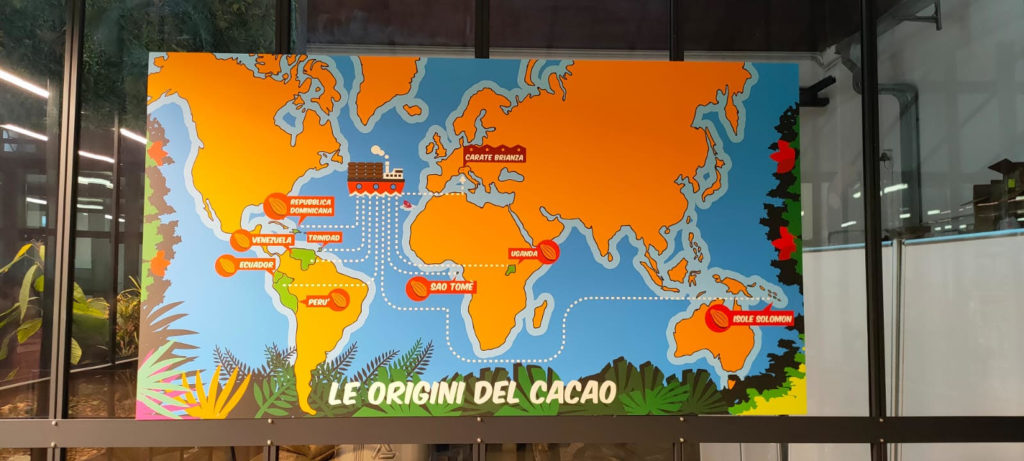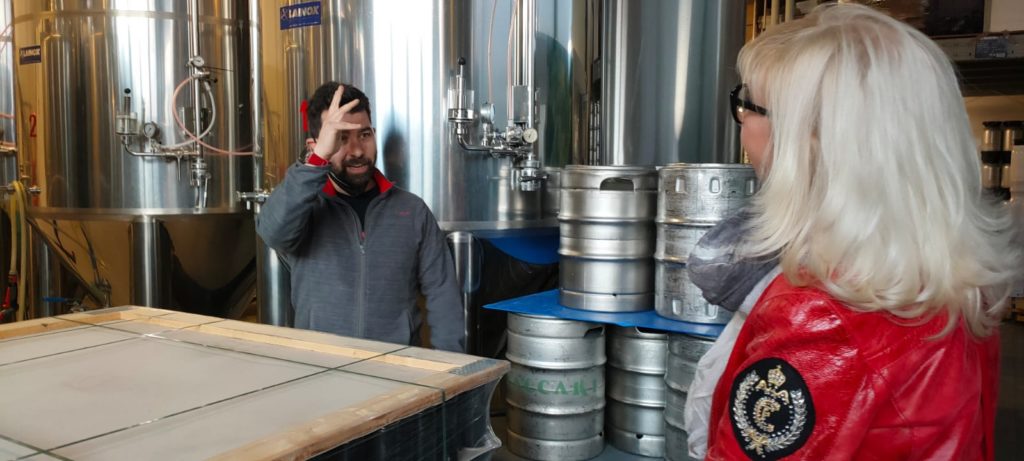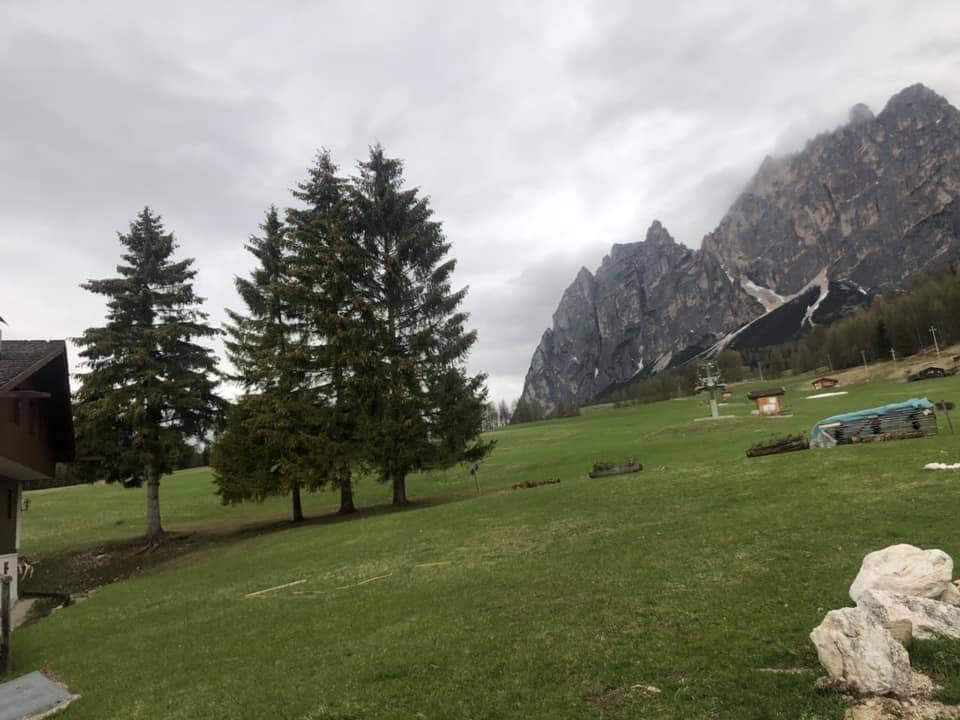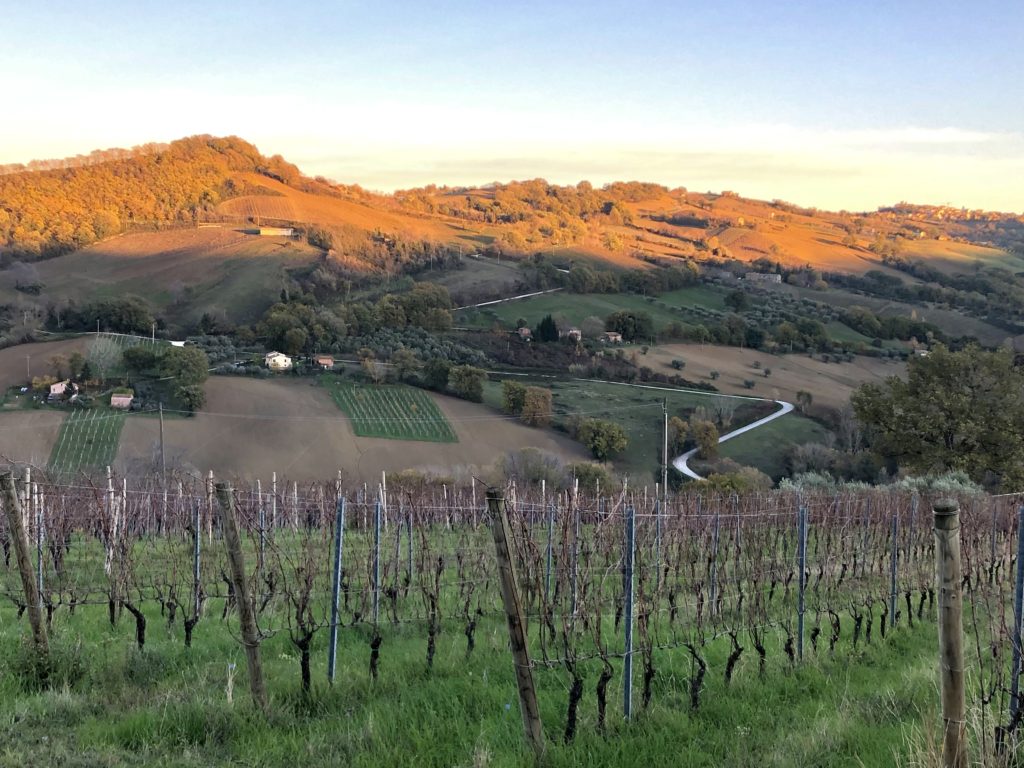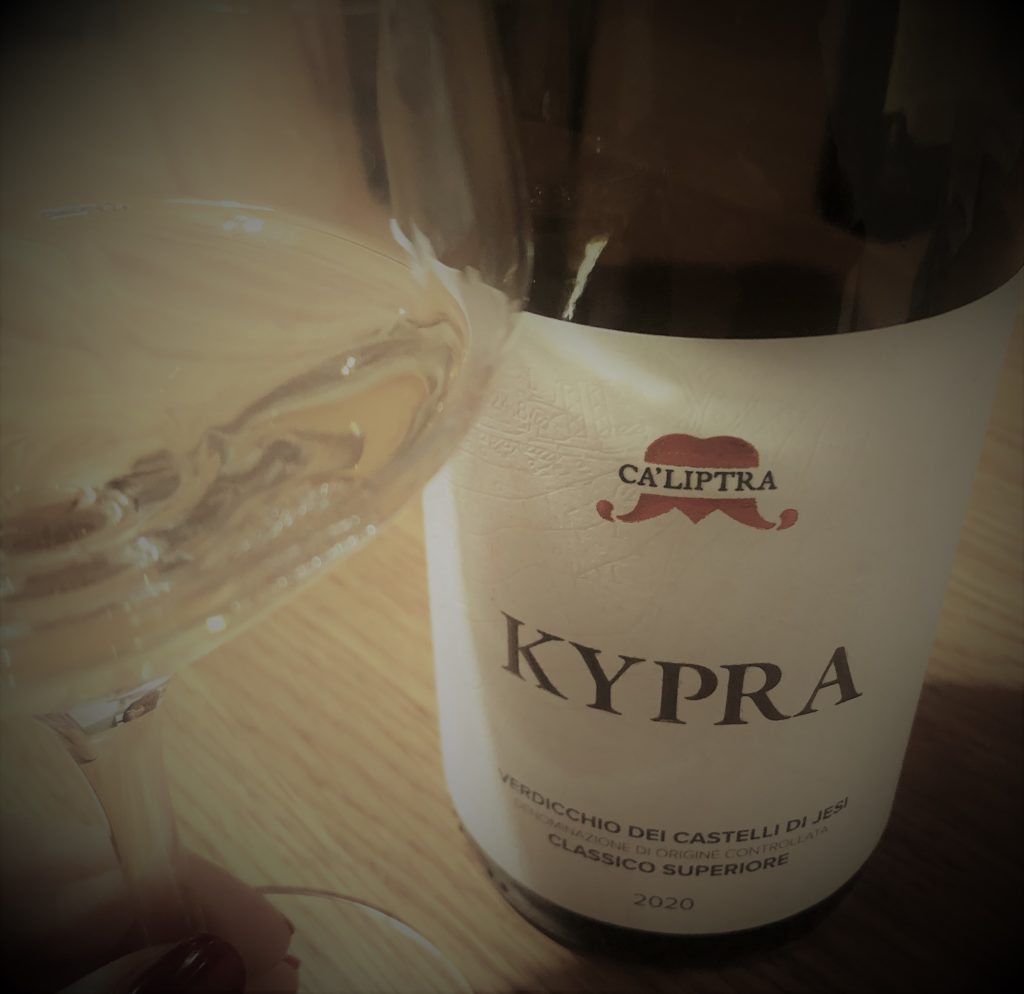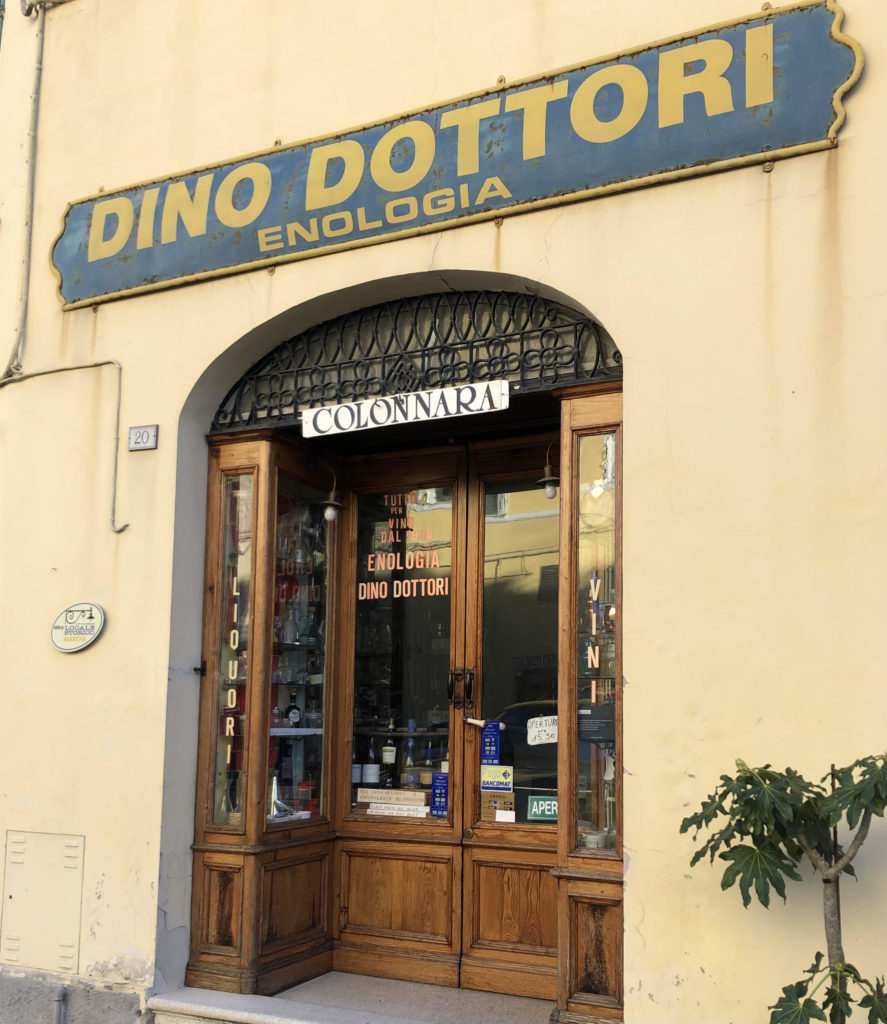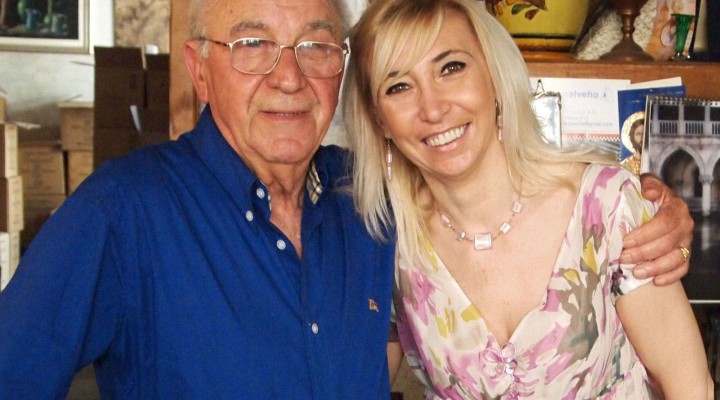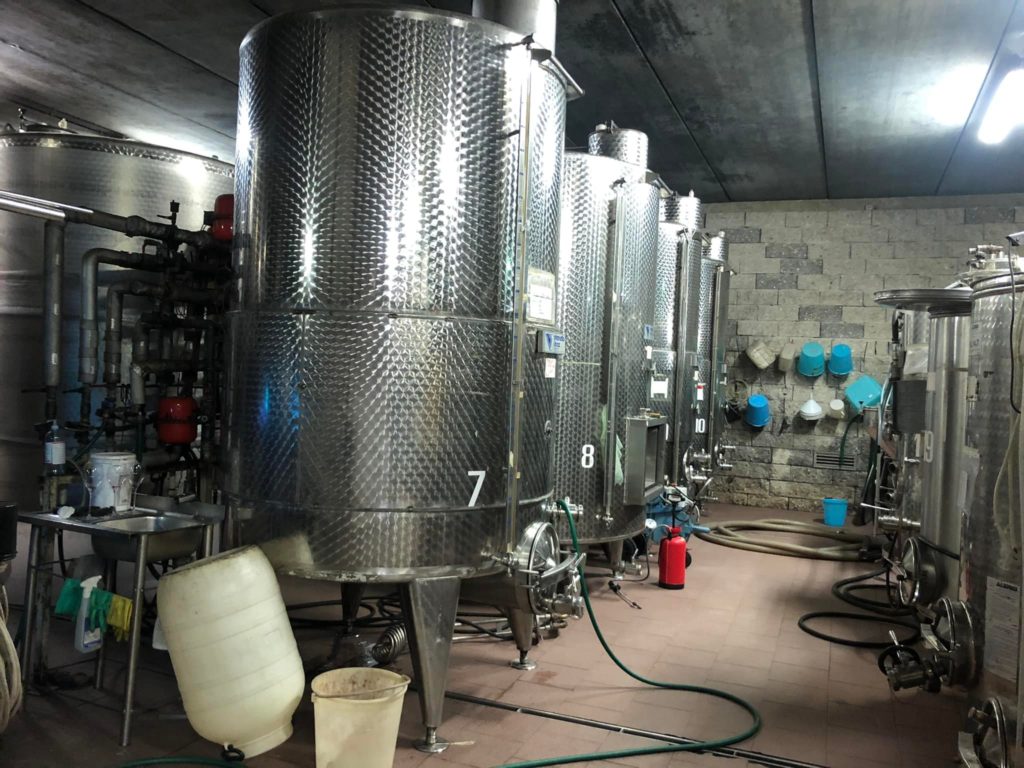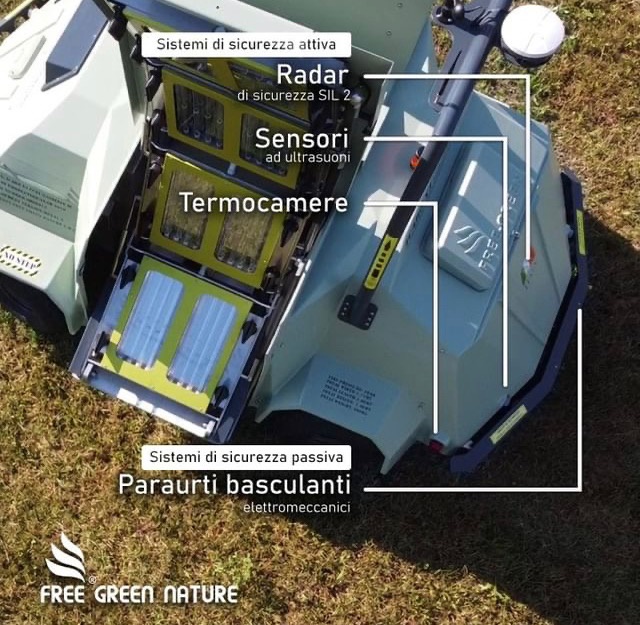Francesco Santorelli, a story of revenge in sport and catering
Before starting to tell you this story I want to ask you a question: have you ever tried to socialize with those who live next to you? Obviously I'm talking about true sociability, what so many preach on the web, but that few realize in reality. Yeah… I'm referring to social interactions between people who accidentally find themselves living next to each other, but they don't really know each other, or better, who are often not interested in doing so.
Yet… yeah, yet we live in an era of great virtual connections, and, unfortunately, much less than relationships that presuppose real relationships of knowledge. I am referring to those 'neighborhood ties' that consolidate over time, but above all live, and who often help each other, making you less alone, who alone often comes to find themselves for the circumstances of life. Without a doubt the frenzy of our times, fears and mistrust, they do not facilitate live social relationships. In this fast digital age, interacting on social networks gives the illusion of greater security, with less risk and interference in our private sphere.
But now I ask you: all at what price? To appear and not to be, fill in gaps without actually living them.
Well, I wanted to make this premise because recently, after yet another change of residence, I found myself in these circumstances: between close and unknown people, that, despite numerous mutual commitments, they decided to change the state of things. Come doctor always, getting to know people and sharing experiences is of great emotion and enrichment. This is why today I want to tell you the story of a young man, in a certain sense 'close to me', which I really appreciated for the strength and determination he showed in winning a great challenge: life and the obstacles it poses to us.
I present to you Francesco Santorelli, athlete from Briantea84.
The beauty is an accomplice in this story‘Mbriana, benevolent spirit bringing serenity and good omen, protector of homes and places where she is welcome. A good fairy born from an ancient Neapolitan legend, who is accompanying Francesco in his new adventure in a different field than usual: that of catering. I already imagine your astonished faces! Neighborhood ties, spirits, legends ... but what are we talking about you will say?! Be’, I think you are right. Perhaps it is appropriate to start from the beginning…
Francesco Santorelli, class 1992, he was a child like many others in Naples, his hometown, he loved playing football with friends. A sharply shaken childhood at the age of six, after a car accidentally hit him on the street, causing him a serious motor disability. A traumatic event that, after the consequent adaptation difficulties, he gave away his second life. Family support is essential, his determination is essential, but above all his desire to socialize. In fact, after some individual sport experiences, the need for team spirit led him to choose wheelchair basketball. Initially with Ciss Napoli, then, after the call to Brianza, land to which he moved permanently, con la Briantea84, paralympic sports club with which since 2013 to date he has won well 21 trophies.
And the beautiful 'Mbriana you will say? What does all this have to do with it?
Well, Francis, as well as having a passion for team sports, as a good Neapolitan he loves pizza. Not happy with the goals achieved, we wanted to set a new objective: become a restaurateur. A project that triggered something in him, or better, which led him to open a pizzeria in Monza: ‘Mbriana Pizza & Food’. A place inaugurated in January of 2022 together with his cousin Giuseppe Corrado: hotel training in Naples, internship in London, personal realization in Brianza. “You know Cynthia, in Naples I can say that I learned to make pizza, but in London certainly to accept the many hours of work that catering requires.”
Pizzas and treats with selected raw materials from Campania and Brianza, which I tasted and greatly appreciated the evening I went to visit Francesco in his restaurant. In reality, for the two of us, being face to face is very easy. As I wrote, fate wanted Francesco to be in a certain sense 'close to me', or better, I made this premise because choosing and tasting a craft beer requires the right considerations, that he is a good neighbor of mine. Here the mystery is revealed. Neighbors who, despite their many commitments, have decided from time to time to meet and talk about each other, Perhaps, I add, accompanied by a good glass of wine and some specialties purchased during our travels. Small moments of life that make the relationships between the people who happen to live next door special.
It is customary to say that everything that happens to us makes sense. Personally, I firmly believe it. I am convinced that Francesco also believes in it.
Mbriana Pizza & Food – Via Marsala 14, Monza – www.mbrianamonza.it







